With spring around the corner, blossoms will add a pinch of romance to some spring escapes such as Shiraz, the city of lush gardens and a treasure trove of Persian culture.
When the pungent smell of orange blossoms fills the air and the flowers flourish, the city dazzles tourists who are wise or lucky enough to visit Shiraz in mid-April.
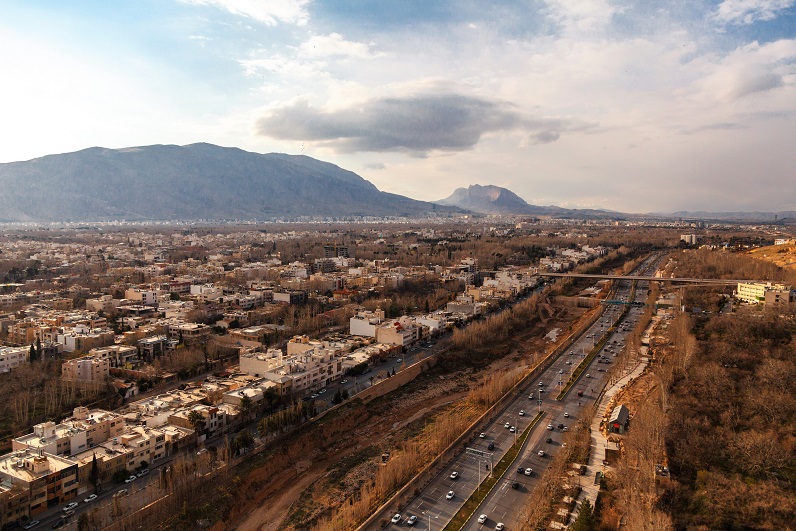
Iran’s esteemed cultural capital has been on top of every tourist’s list since it is steeped in art, culture, and history.
Deeply etched in our history is synonymous with well-known poets and historic architecture as well as Persepolis, which is an hour drive away from the city.
Through the times, rulers gave architecture an edge in Fars province and mostly in its capital, Shiraz, so here you can find out about some places you should put on top of your itinerary:
- Quran Gate
Since Muslims believe passing underneath the Quran brings protection for whom is going to hit the road, the gate, including two huge Qurans, was located at the northeastern entrance to bring blessings for the travelers leaving or entering the city.
The ancient gate was constructed during the 9th century as part of the city’s great wall and later renovated in Zand Era. The Qurans removed after a while and a park was built next to it.
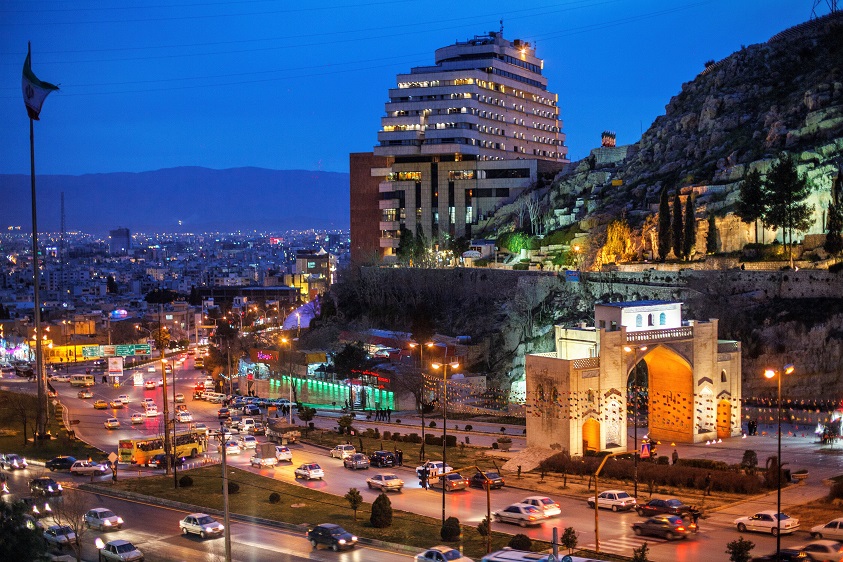
- Tomb of Saadi
Poet of the 13th century, Saadi of Shiraz or the master of speech has been called by many names regarding his great affect on Farsi speakers around the world. He is the first Iranian poet whose verses translated into European languages and his famous verse on humanity is engraved on the UN’s building entrance. At Saadie, he eternally rests in his marble mausoleum.

- Tomb of Hafez
On the northern edge of Shiraz, the most prominent Farsi poet, Hafez is buried in a marble tomb which is called Hafezieh along with its surroundings.
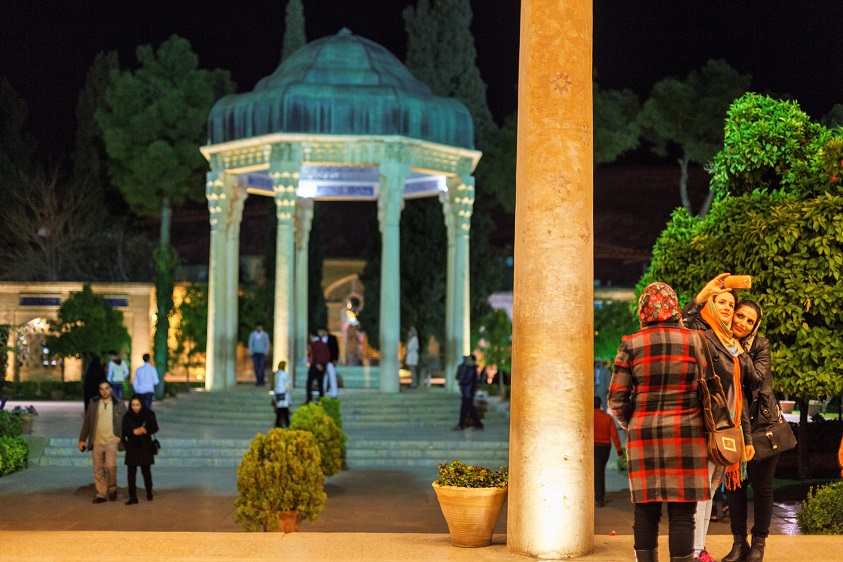
Orange grove of Hafezieh awaits for mid-April to flourish and mesmerize the lovers of Persian literature who are reciting and singing their favorite Hafez poems.
The sacred vibe and colorful flowerbeds around the well-lit mausoleum make it worthy of a visit and suitable for a use of Divan of Hafez for fortune telling.
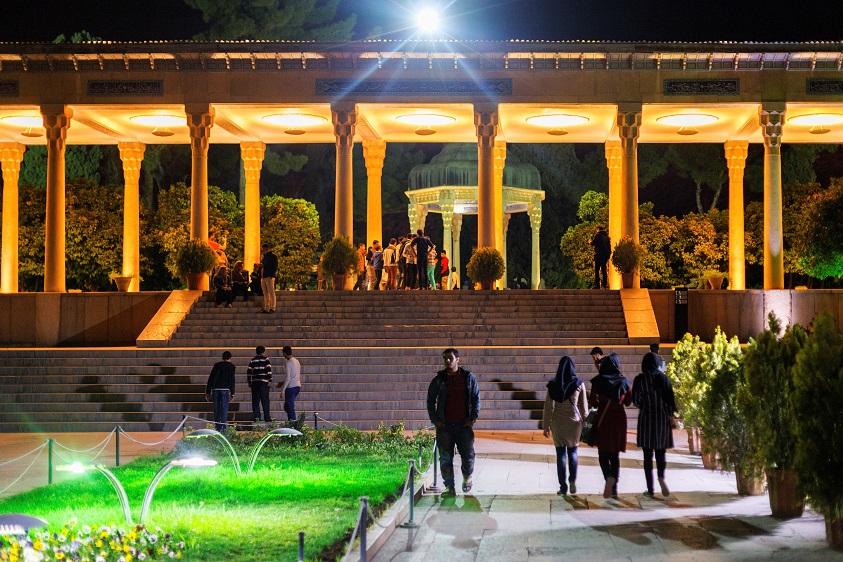
- Pink Mosque
Nasir al-Molk Mosque, built in 1888, during the Qajar era, is an epitome of Islamic architecture in Iran. Regarding its colorful tilings and rose tiles of the interior, it is called Pink or Rainbow Mosque.
Attend the kaleidoscopic mosque in the morning when rays of sunlight going through many-hued windows and splashing riotous colors on intricate arches and niches.
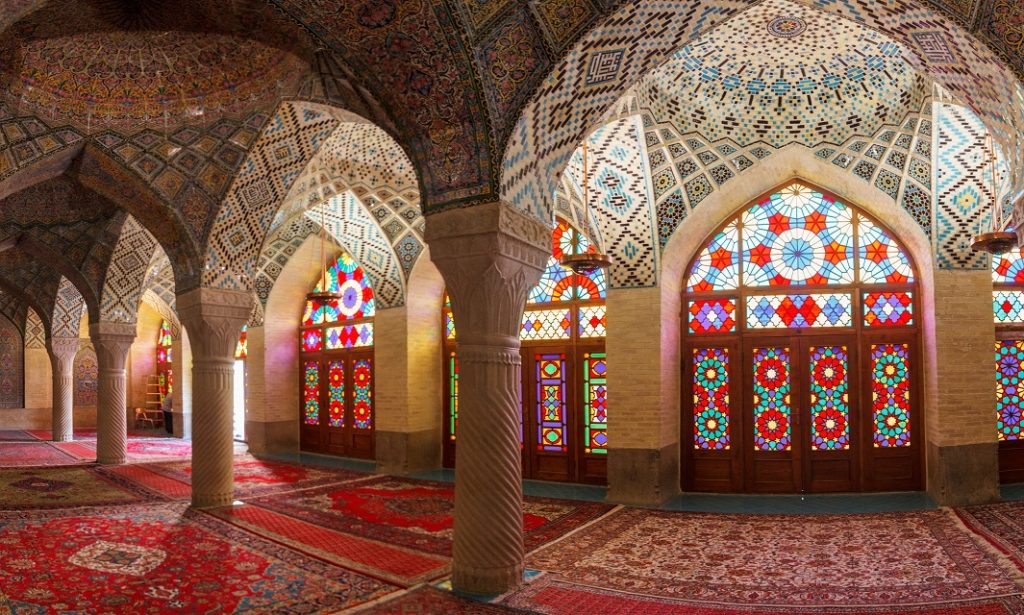
- Vakil Bazaar and Surroundings
The historical center of Shiraz or the royal neighborhood which was built during the Zand dynasty in the 18th century is filled with courtyards, caravanserais, bathhouses, antique shops, and spice shops.
The bazaar is named after Karim Khan, the founder of Zand dynasty, who was called Vakil al-Roaya, means the regent of the people.
Vakil Bazaar is a vibrant hub, bustling with shoppers, where you can buy goods such as copper handicrafts or Persian rugs or just hang around and enjoy the flow of history enthusiasts, wandering around the bazaar.
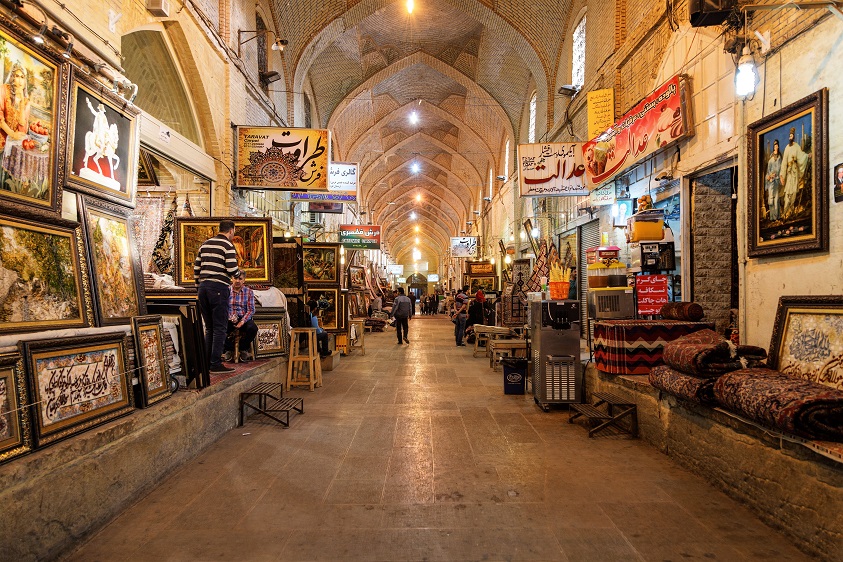
- Arg of Karim Khan
Designed like a medieval fortress and once was home to Karim Khan, the citadel was a royal residential and military fortress.
Karim Khan employed a group of Iran’s prominent architectures and gathered the best materials from the world which resulted in the creation of the most famous historical neighborhoods in Iran.
During the Qajar era, the citadel was used as the governor’s seat and subsequently became a prison by the end of the Qajars.
Later, in 1971, the citadel was given to Iran’s Cultural Heritage Organization who initiated its renovation and make it a museum.
Now you can pay a visit to the architectural landmark of Zand dynasty at Shahrdari Sq., consisting of four high walls connected by four 14 meter high round brick towers.

- Gardens
Shiraz is the city of astonishing gardens which you can attend at literally every corner of the city.
Visit the 13th century built, Eram Garden, which is a quadripartite Persian paradise garden, erected by the paramount chief of Qashqai tribes. The garden is a part of Shiraz’s botanical garden right now and is open to the public.

Take a stroll around Afif Abad (or Golshan) Garden, once was the seat of the Safavid kings, is now a historical complex with a Persian garden, royal mansion, and a historical weapon museum.
I don’t know how many days you want to spend in Shiraz, but I assure you would not be able to leave the city for days if you want to visit its all attractions.
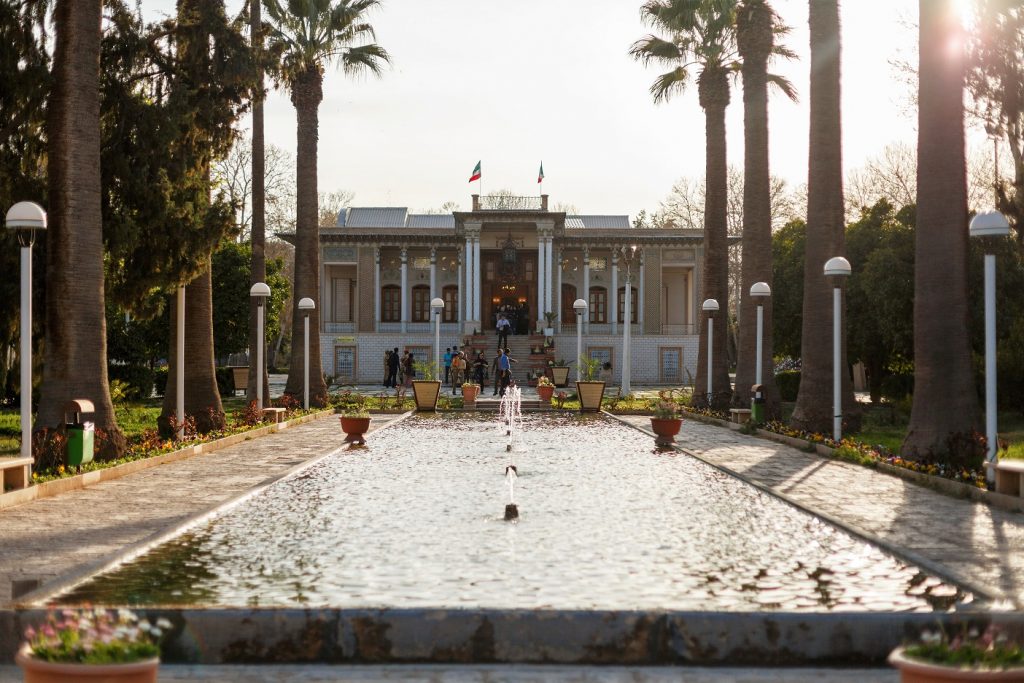

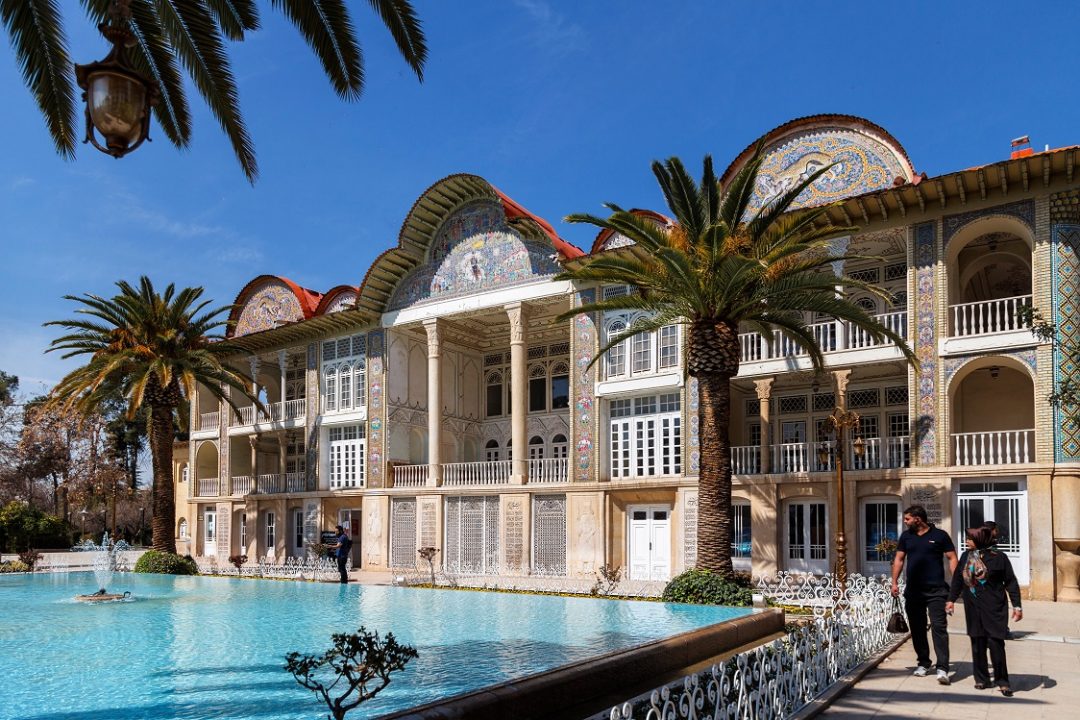
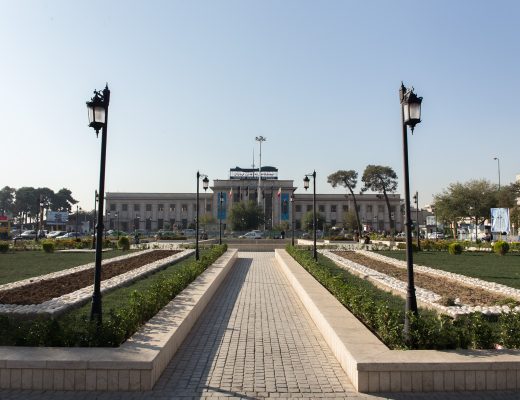
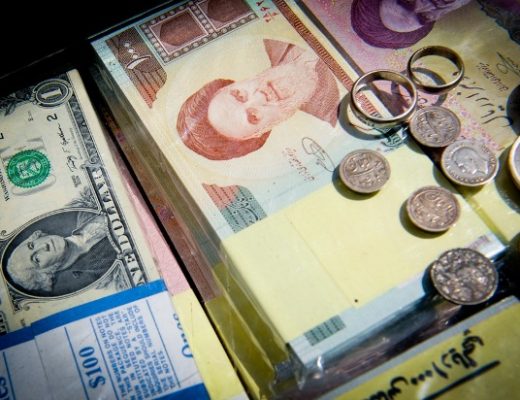
No Comments